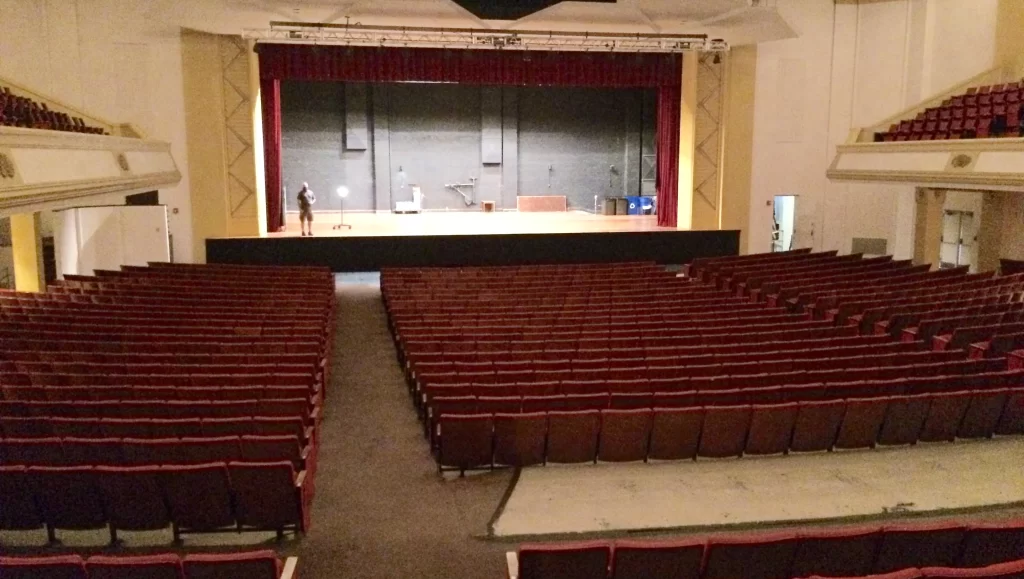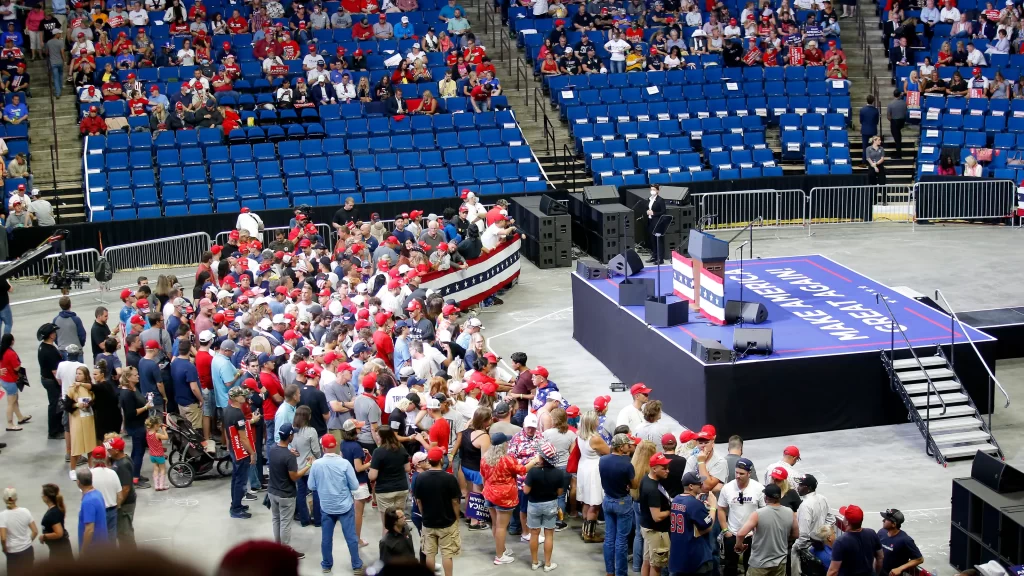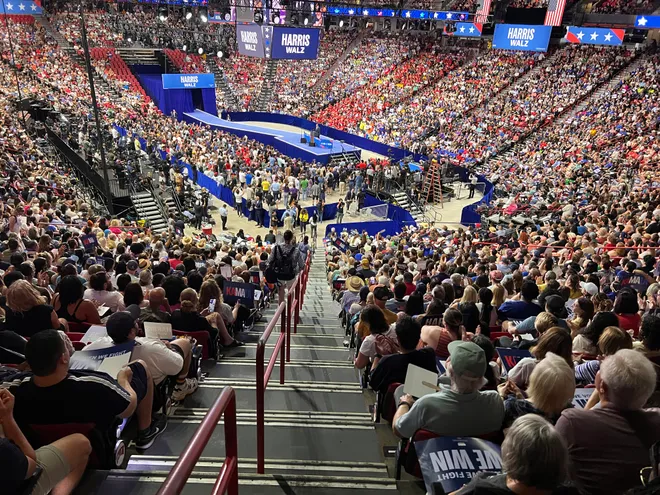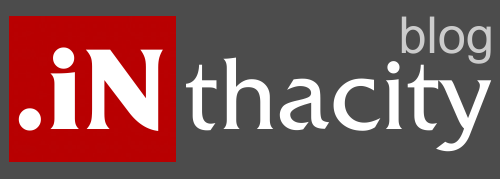Donald Trump, the man who once bragged about packing stadiums and drawing crowds larger than most rock stars, is now hosting a rally in a venue so small it’s almost quaint. The former president has booked the Thomas Wolfe Auditorium in Asheville, North Carolina—a venue with a seating capacity of just 2,400. That’s right, 2,400 seats. To put that in perspective, Trump could fit his entire rally inside a decent-sized high school gym and still have room for the marching band.

Why So Small, Donald?
For a guy who’s built a brand on the idea that bigger is better, this choice is more than a little puzzling. Just next door is the ExploreAsheville.com Arena, which seats 7,200—a far cry from the massive venues Trump used to fill. The fact that the larger arena was apparently available (no offense to King Gizzard and the Lizard Wizard, who are set to perform there later this month) raises some uncomfortable questions for Trump’s campaign.
Was this a cost-cutting move, a desperate attempt to avoid the embarrassment of empty seats, or is Trump’s popularity really waning to the point where he can’t even fill a mid-sized arena in North Carolina? The answer might be a little of each, but one thing’s for sure: the optics aren’t great.

The Money Problem
Let’s talk about the money. According to BPR News, Trump’s campaign paid $82,000 to rent the Thomas Wolfe Auditorium for two days. While that might seem like a hefty sum for an event that’s likely to include a lot of recycled talking points and MAGA hats, it’s a drop in the bucket compared to what it would cost to rent the larger arena next door.
The decision to go small might reflect a campaign that’s tightening its belt, either because the fundraising isn’t going as well as expected or because they’re saving up for a bigger splash closer to the election. But it could also suggest that Trump’s team is nervous about his ability to draw a crowd. After all, there’s nothing more humiliating for a politician than a half-empty venue.
The Traveling Circus
Another dirty little secret of the Trump rally machine is that many of the people who show up aren’t locals. Trump’s events often draw a traveling circus of superfans who follow him from city to city, setting up camp in the parking lots and hawking Trump-themed merchandise. These diehards aren’t necessarily representative of the local electorate, but they do help create the illusion of widespread support.
So what happens when these road warriors can’t fill the seats? You get a situation like this, where Trump’s campaign opts for a smaller venue to avoid the embarrassment of empty bleachers. But even with the smaller size, the contrast with other political events is striking.
Kamala Harris Is Crushing It
While Trump is downsizing, Kamala Harris is packing them in. The vice president has been drawing tens of thousands of enthusiastic supporters at rallies across the country, turning that enthusiasm into volunteer signups and voter contacts in key swing states. Harris is out there building a ground game, while Trump is trying to avoid the optics of a half-full auditorium.
The difference in crowd sizes is more than just a matter of ego—it’s a reflection of the energy and momentum behind each campaign. Harris’s rallies feel like the start of something big, while Trump’s events are starting to feel like the last gasp of a once-powerful movement.

What It Means for 2024
The 2024 election is shaping up to be a battle of enthusiasm versus nostalgia. Harris represents a campaign that’s looking to the future, while Trump seems stuck in the past, trying to recreate the magic of 2016. But the political landscape has changed, and so has the electorate.
Trump’s decision to hold a rally in a venue one-fifth the size of what he could have booked sends a clear message: his campaign is struggling. Whether it’s a lack of funds, a lack of enthusiasm, or just a lack of strategy, the signs aren’t good for Trump. Meanwhile, Harris is building momentum, rallying supporters, and turning that energy into concrete action on the ground.
In the end, politics is all about perception. And right now, the perception is that Trump’s campaign is shrinking, while Harris’s is growing. The contrast couldn’t be clearer—and as we head into the final stretch of the campaign, that contrast is likely to become even more pronounced.
For those keeping score at home, Trump’s next rally might be in a venue even smaller than this one. Meanwhile, Harris will continue to draw crowds, sign up volunteers, and make the case for a future that’s inclusive, forward-thinking, and—dare we say it—exciting.
If this trend continues, Trump might find himself playing to an increasingly empty house, while Harris’s rallies are standing room only. The question isn’t just who will win in 2024, but who’s really winning the battle for the heart and soul of America right now.
In the words of King Gizzard and the Lizard Wizard: “There’s no escape, you can’t run away, you’ve got to face it.” It’s starting to look like Trump’s campaign might need to face the music—and it’s not a song they’re going to like.




















Post Comment
You must be logged in to post a comment.